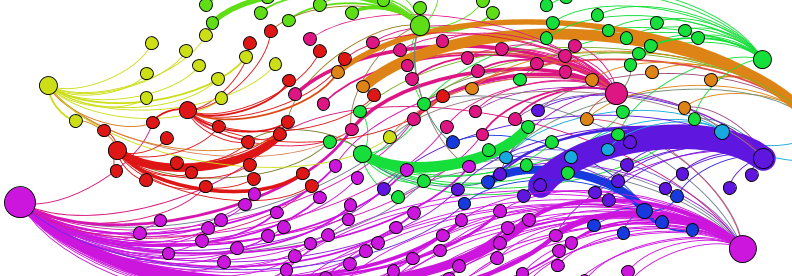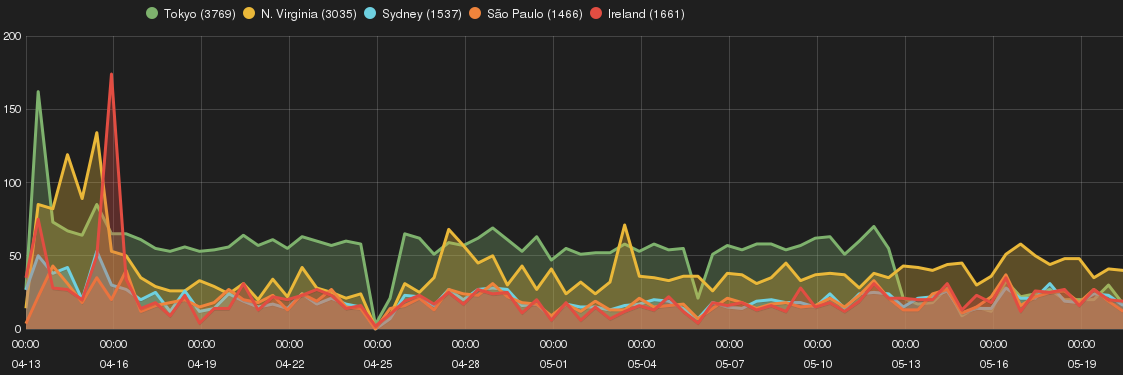Tl;dr
This is highlights from my one hour presentation at HITB 2015 Conference in Amsterdam. Slides and full whitepaper can be downloaded at HITB website.

This is highlights from my one hour presentation at HITB 2015 Conference in Amsterdam. Slides and full whitepaper can be downloaded at HITB website.

Active defence (or active defense) is relatively a new approach within IT security field. There have been some efforts to define this term. However, the majority of these definitions are incomplete, unspecific, or missing essential attributes of this security approach. Some even mixed up active defence approach with offensive security techniques.
The purpose of this article is to describe key attributes of active defence and highlight what this approach is about and what it is not about.

Honeypot systems have been around for more than a decade. There have been a number of initiatives such as The Honeynet Project or Project Honeypot that have had a great impact on development and adaption of honeypot systems.
However, within enterprises, honeypot systems have not been widely adapted or used. This could be due to difficulty in setting up and managing a honeypot system as well as not knowing their invaluable benefits. The focus of this article is to highlight 5 effective use-cases of a honeypot system for any enterprise.
Tomorrow (12 March), 3pm, Track 1, come and join our presentation on “Uncovering the secret connections among online attackers using network theory and custom honeypots” at #BsidesLjubliana, http://bsidesljubljana.si/schedule/ https://csa-cee-summit.eu/ #CSA #CEE Summit 2015

The experiment highlights the correlation among sources and types of attacks across Amazon EC2 geographic zones (or regions) by using Smart Honeypots. The purpose is to identify whether choice of EC2 geographic region has an impact on risk profile of a Cloud-based host.
The research study investigates Secure Shell (SSH) attacks on Amazon EC2 cloud instances across different AWS zones by means of deploying Smart Honeypot (SH). It provides an in-depth analysis of SSH attacks, SSH intruders profile, and attempts to identify their tactics and purposes.
Key observations for this research experiment are as following:
Different variance of ‘old’ php-cgi remote code execution vulnerability (i.e. CVE-2012-1823) was observed across EC2 Smart Honeypot instances. The interesting piece was differences in the attack drop-by files::

It is a jungle out there! If you happen to run a honeypot, you will be amazed by number of intrusions your receive in matter of a few minutes. The issue is even bigger when it comes to servers hosted on cloud. They are constantly being targeted by online adversaries and cyber criminals. The public IP addresses assigned to every cloud instance is from a predefined IP address pool. Therefore, from adversaries perspective it is trivial to identify and target these cloud instances.
We started a journey of experiments and called it Project Amazon EC2 to find out what attacks are received by cloud hosts on a major cloud provider specifically Amazon Web Services (AWS).
We have deployed a number of Smart Honeypots across AWS geographic zone. We make each cloud host to mimic a typical cloud hosted server often used by online business to server a public website.
The observations have been fascinating and we regularly share the results though our blog posts, mailing list and tweets.